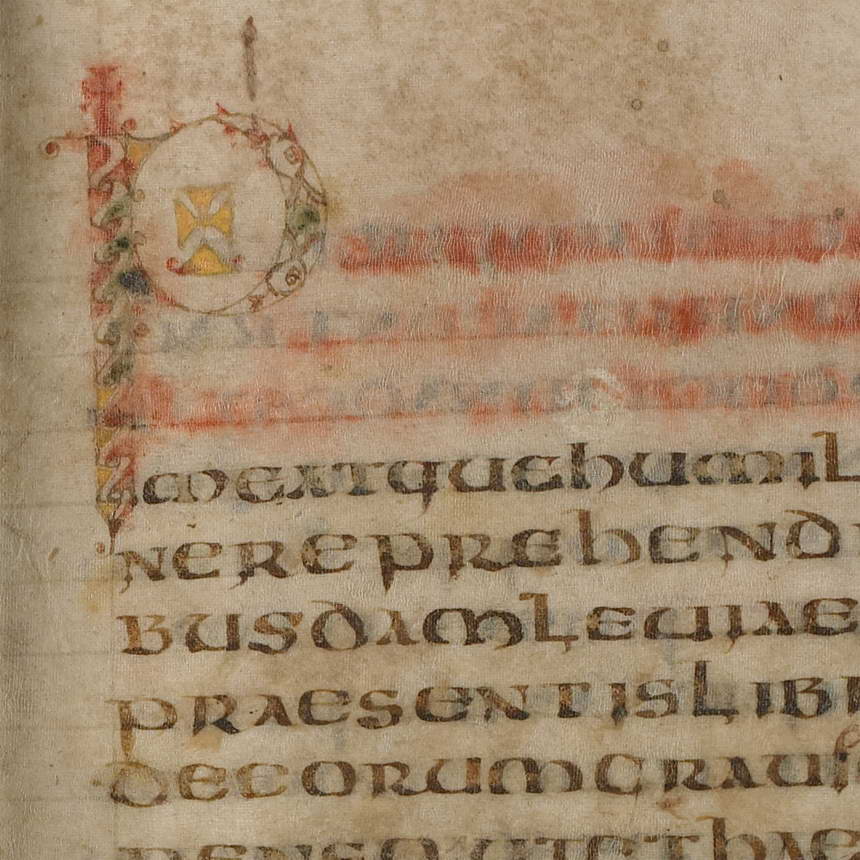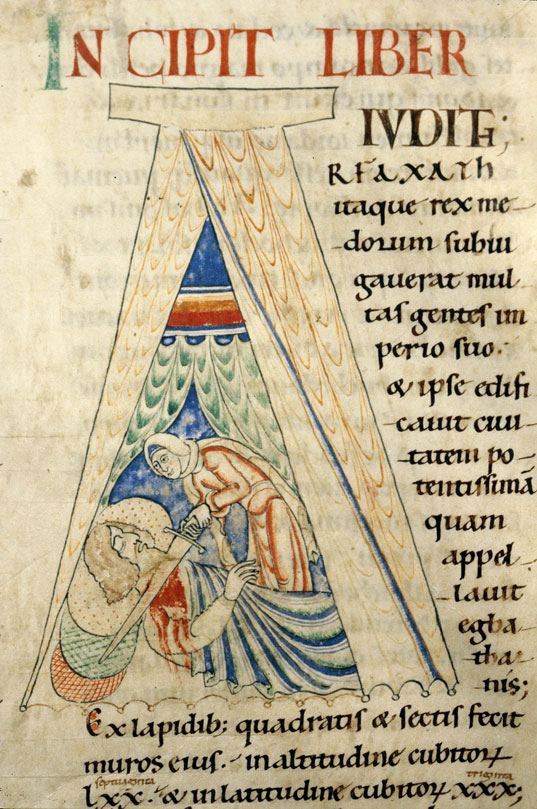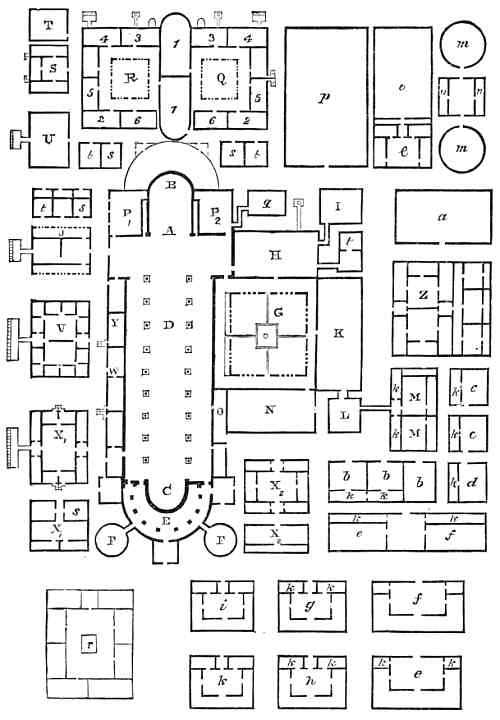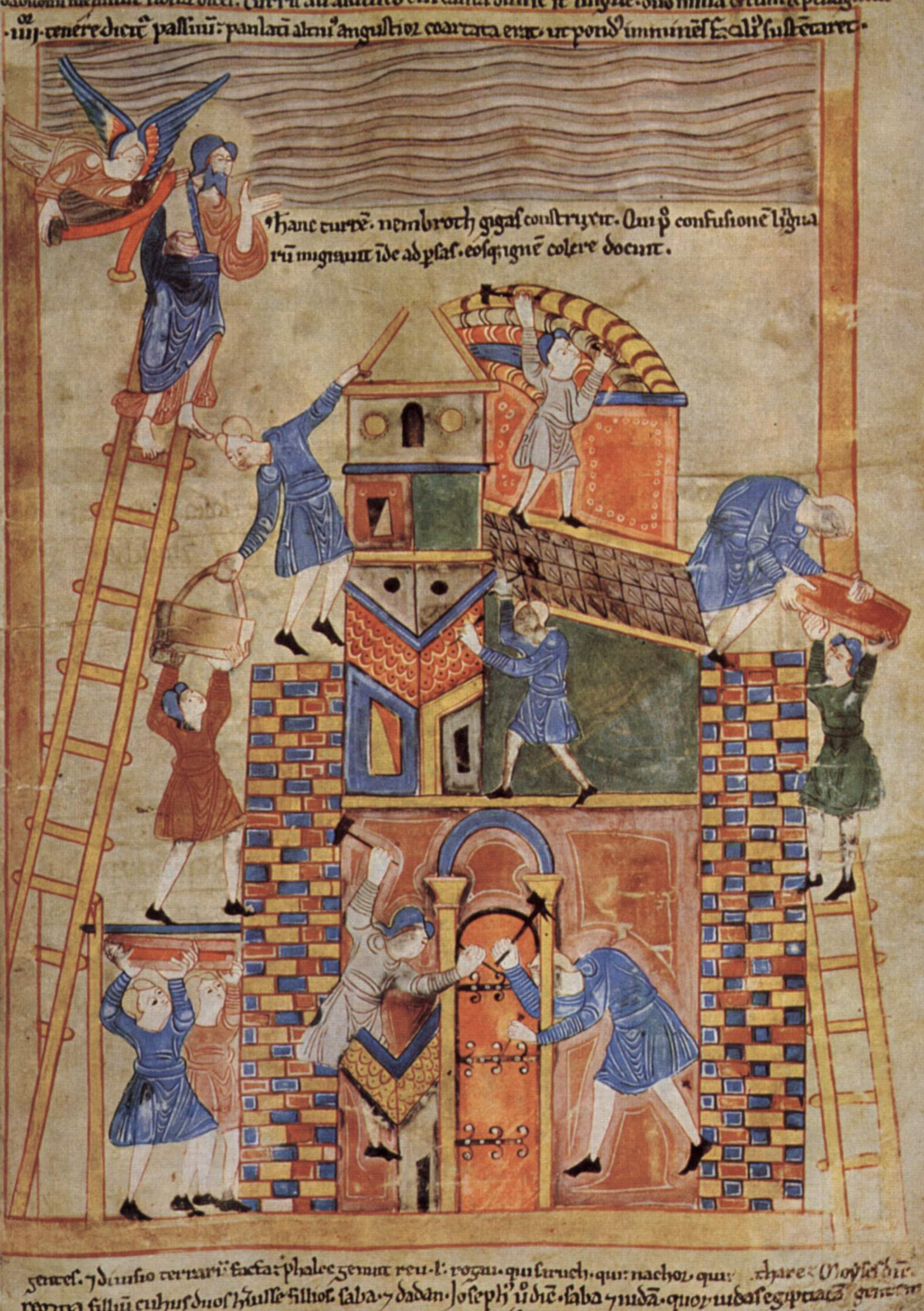|
West Saxon Dialect (Old English)
West Saxon is the term applied to the two different dialects Early West Saxon and Late West Saxon with West Saxon being one of the four distinct regional dialects of Old English. The three others were Kentish dialect (Old English), Kentish, Mercian dialect, Mercian and Northumbrian Old English, Northumbrian (the latter two were similar and are known as the Anglian dialects). West Saxon was the language of the kingdom of Wessex, and was the basis for successive widely used literary forms of Old English: the Early West Saxon of Alfred the Great's time, and the Late West Saxon of the late 10th and 11th centuries. Due to the Saxons' establishment as a politically dominant force in the Old English period, the West Saxon dialects became the strongest dialects in Old English manuscript writing. Early West Saxon Early West Saxon was the language employed by Alfred the Great, King Alfred (849–899), used in the many literary translations produced under Alfred's patronage (and some by Alf ... [...More Info...] [...Related Items...] OR: [Wikipedia] [Google] [Baidu] |
England
England is a Countries of the United Kingdom, country that is part of the United Kingdom. It is located on the island of Great Britain, of which it covers about 62%, and List of islands of England, more than 100 smaller adjacent islands. It shares Anglo-Scottish border, a land border with Scotland to the north and England–Wales border, another land border with Wales to the west, and is otherwise surrounded by the North Sea to the east, the English Channel to the south, the Celtic Sea to the south-west, and the Irish Sea to the west. Continental Europe lies to the south-east, and Ireland to the west. At the 2021 United Kingdom census, 2021 census, the population was 56,490,048. London is both List of urban areas in the United Kingdom, the largest city and the Capital city, capital. The area now called England was first inhabited by modern humans during the Upper Paleolithic. It takes its name from the Angles (tribe), Angles, a Germanic peoples, Germanic tribe who settled du ... [...More Info...] [...Related Items...] OR: [Wikipedia] [Google] [Baidu] |
Pastoral Care
''The Book of Pastoral Rule'' (Latin: ''Liber Regulae Pastoralis'', ''Regula Pastoralis'' or ''Cura Pastoralis'' — sometimes translated into English ''Pastoral Care'') is a treatise on the responsibilities of the clergy written by Pope Gregory I around the year 590, shortly after his papal inauguration. It became one of the most influential works on the topic ever written. The title was that used by Gregory when sending a copy to his friend Leander of Seville. The text was addressed to John, the bishop of Ravenna, as a response to a query from him. Gregory later revised the text somewhat. Description The personal, intellectual and moral standards Gregory enjoined parish priests to possess, though noble, were considered in certain quarters to be unrealistic given the limitations imposed by 6th century realities. For example, one letter from the Bishop of Cartagena (Book II, letter 54 in Gregory's collected correspondence) praises the book, but expresses a reserve that i ... [...More Info...] [...Related Items...] OR: [Wikipedia] [Google] [Baidu] |
Matthew 6
Matthew 6 is the sixth chapter of the Gospel of Matthew in the New Testament. This chapter contains the central portion of the Sermon on the Mount, including the Lord's Prayer. Text The original text was written in Koine Greek. This chapter is divided into 34 verses. Textual witnesses Some early manuscripts containing the text of this chapter are: *Codex Vaticanus (~325–350; complete) *Codex Sinaiticus (~330–360; complete) * Codex Washingtonianus (~400) * Codex Bezae (~400; extant verses 1–19). Structure The first part of this chapter, Matthew 6:1– 18, deals with the outward and inward expression of piety, referring to almsgiving, private prayer and fasting.Talbert, Charles H. 2010 ''Matthew'' pp. 87–91. New Testament scholar Dale Allison suggests that this section acts as "a sort of commentary" on Matthew 5:21– 48, or a short "cult-didache": Matthew 5:21–48 details "what to do", whereas Matthew 6:1–18 teaches "how to do it". Sometimes called the "Discourse ... [...More Info...] [...Related Items...] OR: [Wikipedia] [Google] [Baidu] |
Wessex Gospels
The ''Wessex Gospels'' (also known as the ''West-Saxon Gospels'' or Old English Gospels) are a translation of the four gospels of the Christian Bible into a West Saxon dialect of Old English. Produced from approximately AD 990 in England, this version has been considered the first translation of all four gospels into stand-alone Old English text. Seven manuscript copies survive. Its transcribing was supervised by the monk Ælfric of Eynsham. The text of , the Lord's Prayer, is as follows: ::''Fæder ure þu þe eart on heofonum, si þin nama gehalgod. To becume þin rice, gewurþe ðin willa, on eorðan swa swa on heofonum. Urne gedæghwamlican hlaf syle us todæg, and forgyf us ure gyltas, swa swa we forgyfað urum gyltendum. And ne gelæd þu us on costnunge, ac alys us of yfele. Soþlice.''''The Anglo-Saxon Version of the Holy Gospels'', Benjamin Thorpe, 1848, p.11. References Further reading *Geoffrey W. Bromiley (ed.), ''International Standard Bible Encyclopedia'' Extern ... [...More Info...] [...Related Items...] OR: [Wikipedia] [Google] [Baidu] |
Judith (poem)
The Old English poem ''Judith'' describes the beheading of Assyrian general Holofernes by Israelite Judith of Bethulia. It is found in the same manuscript as the heroic poem ''Beowulf'', the Nowell Codex, dated ca. 975–1025. The Old English poem is one of many retellings of the Holofernes–Judith tale as it was found in the Book of Judith, still present in the Catholic and Orthodox Christian Bibles. The other extant version is by Ælfric of Eynsham, late 10th-century Anglo-Saxon abbot and writer; his version is a homily (in prose) of the tale. History and incompleteness ''Judith'' was first discovered as an appendage to the Nowell Codex. Though it is certain that the poem is a derivative of the Book of Judith, still present in the Roman Catholic Bible, its authorship and year of origin remain a mystery. The poem is incomplete: the version in the manuscript is 348 lines long, divided in three sections marked with the numbers X, XI, and XII. The numbers correspond to the 10th ... [...More Info...] [...Related Items...] OR: [Wikipedia] [Google] [Baidu] |
Beowulf
''Beowulf'' (; ) is an Old English poetry, Old English poem, an Epic poetry, epic in the tradition of Germanic heroic legend consisting of 3,182 Alliterative verse, alliterative lines. It is one of the most important and List of translations of Beowulf, most often translated works of Old English literature. The date of composition is a matter of contention among scholars; the only certain dating is for the manuscript, which was produced between 975 and 1025 AD. Scholars call the anonymous author the "''Beowulf'' poet". The story is set in pagan Scandinavia in the 5th and 6th centuries. Beowulf (hero), Beowulf, a hero of the Geats, comes to the aid of Hrothgar, the king of the Danes (Germanic tribe), Danes, whose mead hall Heorot has been under attack by the monster Grendel for twelve years. After Beowulf slays him, Grendel's mother takes revenge and is in turn defeated. Victorious, Beowulf goes home to Geatland and becomes king of the Geats. Fifty years later, Beowulf def ... [...More Info...] [...Related Items...] OR: [Wikipedia] [Google] [Baidu] |
Winchester
Winchester (, ) is a City status in the United Kingdom, cathedral city in Hampshire, England. The city lies at the heart of the wider City of Winchester, a local government Districts of England, district, at the western end of the South Downs National Park, on the River Itchen, Hampshire, River Itchen. It is south-west of London and from Southampton, its nearest city. At the 2021 census, the built-up area of Winchester had a population of 48,478. The wider City of Winchester district includes towns such as New Alresford, Alresford and Bishop's Waltham and had a population of 127,439 in 2021. Winchester is the county town of Hampshire and contains the head offices of Hampshire County Council. Winchester developed from the Roman Britain, Roman town of Venta Belgarum, which in turn developed from an Iron Age ''oppidum''. Winchester was one of if not the most important cities in England until the Norman Conquest in the eleventh century. It now has become one of the most expensive ... [...More Info...] [...Related Items...] OR: [Wikipedia] [Google] [Baidu] |
Monastery
A monastery is a building or complex of buildings comprising the domestic quarters and workplaces of Monasticism, monastics, monks or nuns, whether living in Cenobitic monasticism, communities or alone (hermits). A monastery generally includes a place reserved for prayer which may be a chapel, Church (building), church, or temple, and may also serve as an Oratory (worship), oratory, or in the case of Cenobium, communities anything from a single building housing only one senior and two or three junior monks or nuns, to vast complexes and estates housing tens or hundreds. A monastery complex typically comprises a number of buildings which include a church, dormitory, cloister, refectory, library, Wiktionary:balneary, balneary and Hospital, infirmary and outlying Monastic grange, granges. Depending on the location, the monastic order and the occupation of its inhabitants, the complex may also include a wide range of buildings that facilitate self-sufficiency and service to the commun ... [...More Info...] [...Related Items...] OR: [Wikipedia] [Google] [Baidu] |
Old English Dialects
Old English ( or , or ), or Anglo-Saxon, is the earliest recorded form of the English language, spoken in England and southern and eastern Scotland in the Early Middle Ages. It developed from the languages brought to Great Britain by Anglo-Saxon settlers in the mid-5th century, and the first Old English literature dates from the mid-7th century. After the Norman Conquest of 1066, English was replaced for several centuries by Anglo-Norman (a type of French) as the language of the upper classes. This is regarded as marking the end of the Old English era, since during the subsequent period the English language was heavily influenced by Anglo-Norman, developing into what is now known as Middle English in England and Early Scots in Scotland. Old English developed from a set of Anglo-Frisian or Ingvaeonic dialects originally spoken by Germanic tribes traditionally known as the Angles, Saxons and Jutes. As the Germanic settlers became dominant in England, their language replac ... [...More Info...] [...Related Items...] OR: [Wikipedia] [Google] [Baidu] |
Ælfric Of Eynsham
Ælfric of Eynsham (; ; ) was an English abbot and a student of Æthelwold of Winchester, and a consummate, prolific writer in Old English of hagiography, homilies, biblical commentaries, and other genres. He is also known variously as ''Ælfric the Grammarian'' (''Alfricus Grammaticus''), ''Ælfric of Cerne'', and ''Ælfric the Homilist''. In the view of Peter Hunter Blair, he was "a man comparable both in the quantity of his writings and in the quality of his mind even with Bede himself." According to Claudio Leonardi, he "represented the highest pinnacle of Benedictine reform and Anglo-Saxon literature". Life and works Ælfric was educated in the Benedictine Old Minster at Winchester under Saint Æthelwold, who was bishop there from 963 to 984. Æthelwold had carried on the tradition of Dunstan in his government of the abbey of Abingdon, then in Berkshire, and at Winchester he continued his strenuous support for the English Benedictine Reform. He seems to ha ... [...More Info...] [...Related Items...] OR: [Wikipedia] [Google] [Baidu] |
Æthelwold Of Winchester
Æthelwold of Winchester (also Aethelwold and Ethelwold, 904/9 – 984) was Bishop of Winchester from 963 to 984 and one of the leaders of the tenth-century monastic reform movement in Anglo-Saxon England. Monastic life had declined to a low ebb in England in the ninth century, partly because of the ravages caused by Viking attacks, and partly because of a preference for secular clergy, who were cheaper and were thought to serve the spiritual needs of the laity better. Kings from Alfred the Great onwards took an interest in the Benedictine rule, but it was only in the middle of the tenth century that kings became ready to commit substantial funds to its support. Æthelwold became the leading propagandist for the monastic reform movement, although he made enemies by his ruthless methods, and he was more extreme in his opposition to secular clergy than his fellow reformers, Saint Dunstan and Oswald of Worcester. He is nevertheless recognised as a key figure in the reform m ... [...More Info...] [...Related Items...] OR: [Wikipedia] [Google] [Baidu] |
Norman Conquest Of England
The Norman Conquest (or the Conquest) was the 11th-century invasion and occupation of England by an army made up of thousands of Normans, Norman, French people, French, Flemish people, Flemish, and Bretons, Breton troops, all led by the Duke of Normandy, later styled William the Conqueror. William's claim to the English throne derived from his familial relationship with the childless Anglo-Saxon king Edward the Confessor, who may have encouraged William's hopes for the throne. Edward died in January 1066 and was succeeded by his brother-in-law Harold Godwinson. The Norwegian king Harald Hardrada invaded northern England in September 1066 and was victorious at the Battle of Fulford on 20 September, but Godwinson's army defeated and killed Hardrada at the Battle of Stamford Bridge on 25 September. Three days later on 28 September, William's invasion force of thousands of men and hundreds of ships landed at Pevensey in Sussex in southern England. Harold marched south to oppose ... [...More Info...] [...Related Items...] OR: [Wikipedia] [Google] [Baidu] |






